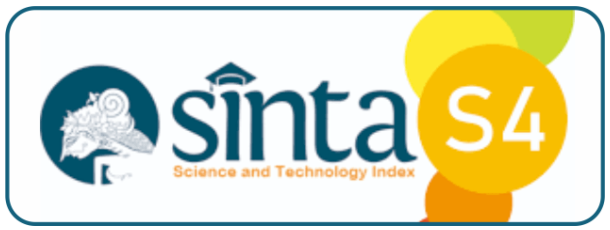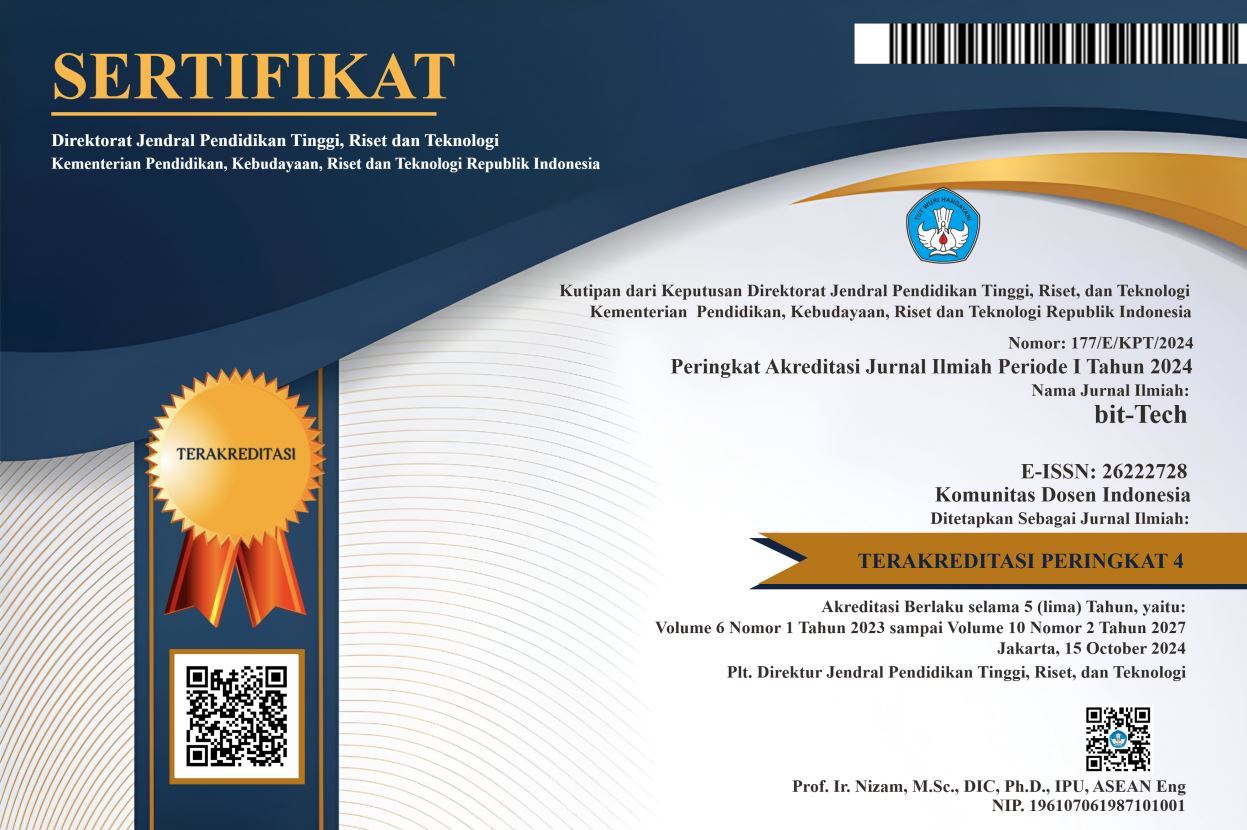An Application For Detection Of Confidential Disease For The Prevention Of Covid 19 Based On Mobile
DOI:
https://doi.org/10.32877/bt.v4i3.395
Keywords:
Covid- 19, Web Mobile, Congenital Disease
Abstract
Coronavirus disease (Covid19) is an infectious disease caused by the SARSCoV2 virus. Most people infected with COVID-19 show mild to moderate symptoms and recover without specific treatment. However, around 4,444 people are seriously ill and need to see a doctor. The purpose of using information technology to create a comorbid population identification system is to create a classification model for residents with congenital diseases for the prevention of Covid19. This study aims to identify people who have comorbidities using information technology according to evidence of congenital disease. The system development method used is the waterfall method. This survey flow describes the stages or survey procedures of the Covid19 classification application which aims to facilitate the classification of residents with congenital diseases. The result find is an application system or website for the classification of disease detection using a mobile website. This website can classify or classify diseases based on the characteristics and criteria of the disease. When conducting tests, this website facilitates and assists in accessing disease data, especially congenital and chronic diseases. According to the results of this website, it is easy for them to see the name of the disease and the symptoms they are suffering from as a form of preventing the transmission of Covid-19.
Downloads
Downloads
Published
How to Cite
Issue
Section
License
Copyright (c) 2022 bit-Tech

This work is licensed under a Creative Commons Attribution-ShareAlike 4.0 International License.
I hereby assign and transfer to bit-Tech all exclusive copyright ownership rights to the above work. This includes, but is not limited to, the right to publish, republish, downgrade, distribute, transmit, sell, or use the work and other related materials worldwide, in whole, or in part, in all languages, in electronic, printed, or any other form of media, now known or hereafter developed and reserves the right to permit or license a third party to do any of the above. I understand that this exclusive right will belong to bit-Tech from the date the article is accepted for publication. I also understand that bit-Tech, as the copyright owner, has sole authority to license and permit reproduction of the article. I understand that, except for copyright, any other proprietary rights associated with the work (e.g. patents or other rights to any process or procedure) must be retained by the author. In addition, I understand that bit-Tech permits authors to use their papers in any way permitted by the applied Creative Commons license.


 DOI :
DOI :
 Abstract views: 345
/
Abstract views: 345
/  PDF downloads: 279
PDF downloads: 279











